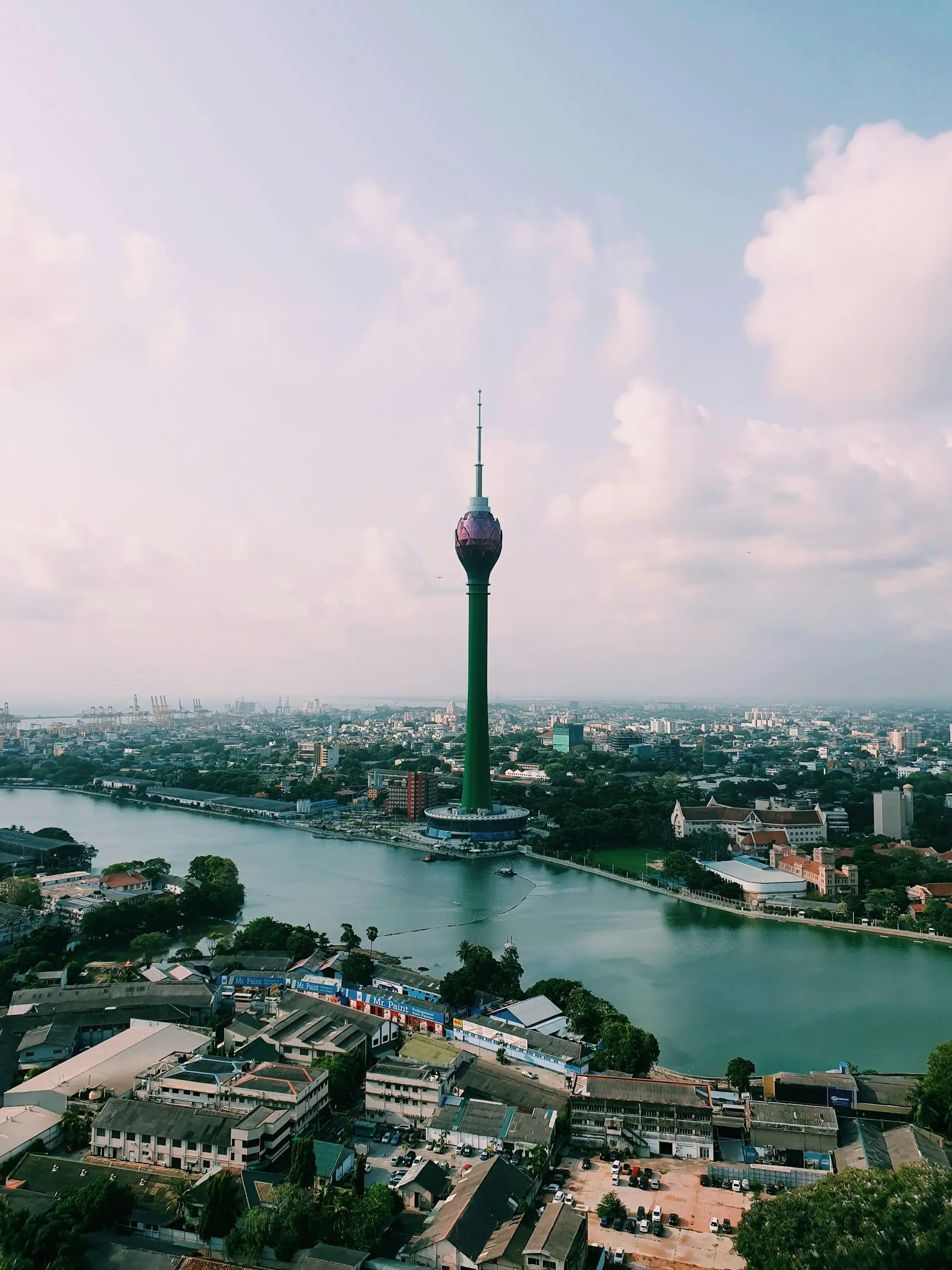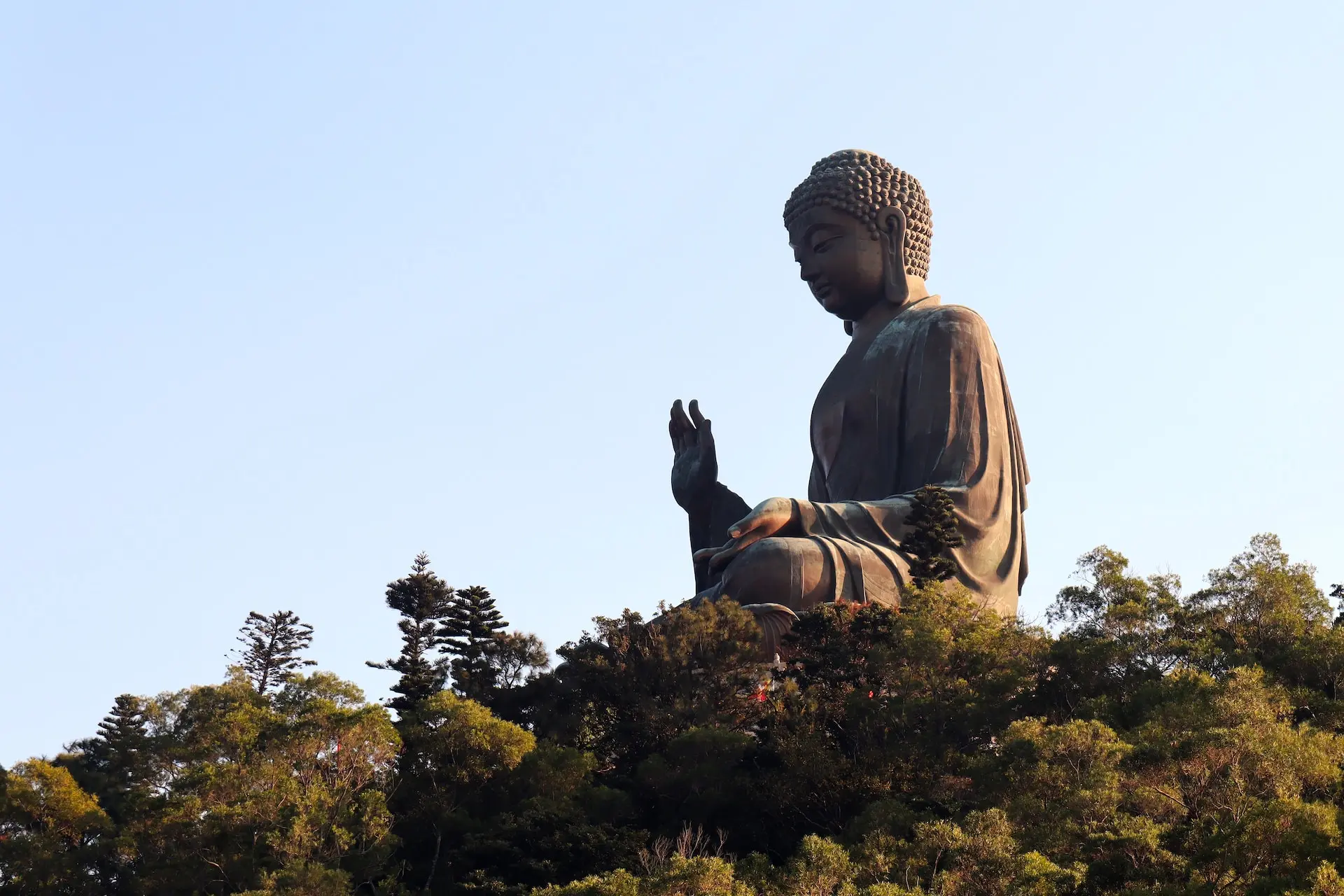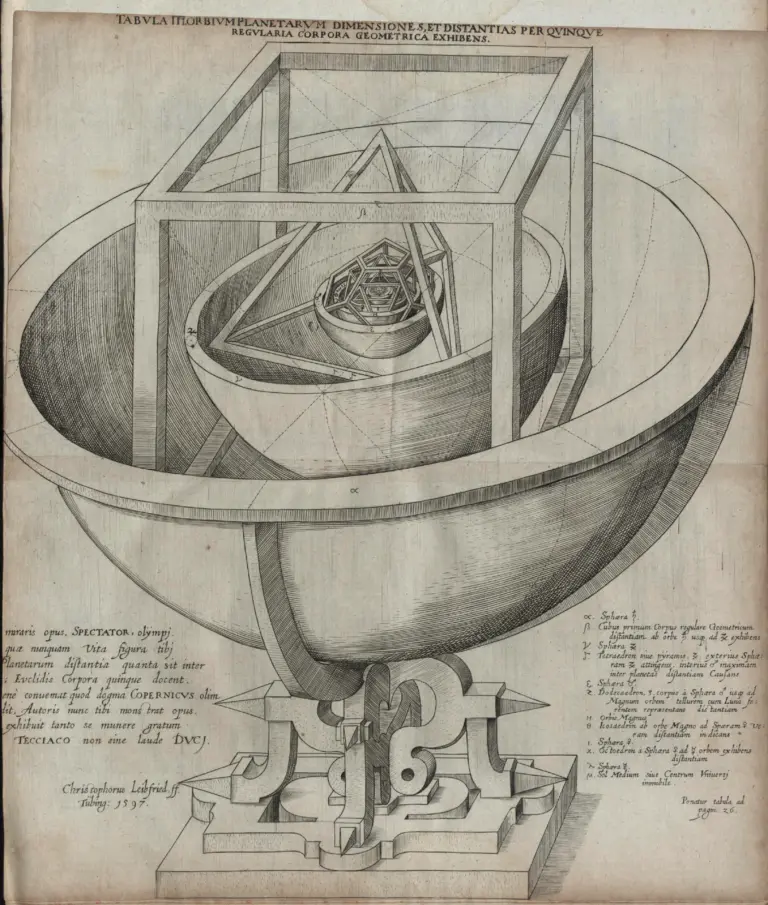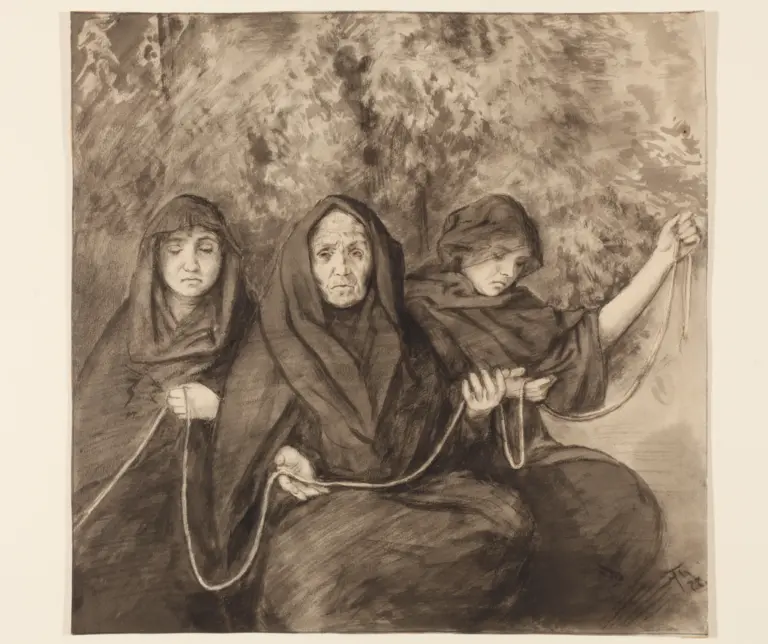Flowing gracefully through the heart of ancient sands, the Nile River was not just a river but the lifeblood of Ancient Egypt.
Stretching over 6,650 km (4,000 mi), it’s the longest river in the world, winding its way through northeastern Africa.
Historically, it served as the stage upon which the narrative of one of the world’s most fascinating ancient civilizations unfolded. Its waters brought sustenance, its banks bore witness to the rise of pharaohs, and its flow charted the course of a civilization’s triumphs and challenges.
But to the ancient Egyptians, the Nile held a deeper, more mystical significance. It wasn’t just a river – it was a divine entity, a spiritual artery that nourished both the land and the soul of its people.
The Nile was revered as a god, a giver of life and a guide to the afterlife, deeply interwoven into the spiritual fabric of Egyptian culture. Making the Nile not just a natural wonder, but a sacred symbol of life, death, and rebirth.
Table of Contents
ToggleHistorical Significance of the Nile River
The fertile banks of the Nile River were the cradle of one of the world’s earliest and most influential civilizations.
This great river’s predictable flooding cycle deposited rich, fertile silt along its banks, creating an agricultural haven in the midst of a vast desert.
It was this annual inundation that laid the foundation for the development of Ancient Egyptian civilization. The Nile’s waters allowed for the cultivation of crops like wheat and barley, essential to feeding a growing population and fostering a flourishing society.
This agricultural abundance gave rise to the complex social structures, advanced urbanization, and monumental architecture that have come to define ancient Egyptian culture.

Economic Impact
Beyond agriculture, the Nile served as a vital artery for trade and transportation, bolstering the economy of Ancient Egypt. Its predictable flow and extensive reach made it an ideal route for transporting goods and people. Boats laden with grain, gold, precious stones, and other commodities sailed up and down the river, facilitating trade both within Egypt and with neighboring regions.
The Nile’s role in trade and transportation also played a significant part in the unification of the various regions of Egypt. It enabled easy movement between the Upper and Lower kingdoms, facilitating the centralization of political power. This unification was pivotal in the formation of a cohesive Egyptian identity and the development of a powerful, centralized state.

Sociopolitical Influence
The river served as a natural boundary that defined the realms of Upper and Lower Egypt. Its flow from south to north helped integrate these two regions, which, though culturally and politically distinct, were bound together by the life-giving waters of the Nile.
However, the impact of the Nile extended beyond politics into the realms of urban development and architecture. The river’s predictable flooding patterns allowed for the planning and construction of elaborate cities and monumental structures along its banks. Memphis, Thebes (now Luxor), and later Alexandria were among the major urban centers that owed their existence and prosperity to the Nile.
The construction of Egypt’s most iconic structures, the Pyramids in Cairo, was also closely linked to the Nile. The river provided a transportation route for moving the massive stone blocks used in their construction. Quarries were often located near the river to facilitate easier transport.
Agricultural Advancements
In response to the Nile’s annual flooding cycles, the ancient Egyptians developed sophisticated irrigation techniques that were revolutionary for their time. Understanding and predicting the patterns of the Nile was crucial for their survival, leading to the development of the Nilometer, an ingenious device used to measure the water level of the Nile. This tool was essential for predicting the success of crops and planning agricultural strategies.
The Egyptians ingeniously harnessed the Nile’s floodwaters through a system of basins and canals. They constructed dykes and used shaduf (a hand-operated device for lifting water) to regulate the flow of water, efficiently irrigating their fields.
The Nile’s role as a highway for transportation fostered advancements in navigation and engineering. The Egyptians became adept boat builders, crafting vessels that were perfectly adapted to the Nile. They built both small boats for local transportation and large ships for long-distance trade.
The construction of docks, harbors, and hydraulic engineering structures like dams and reservoirs were all part of the Egyptians’ efforts to control and make the most of the river’s resources. The techniques and tools developed for these constructions laid the foundations for modern hydraulic engineering.

Environmental Consciousness
The Nile valley and delta supported a range of animals, from lions and hippos to gazelles and birds. This biodiversity was reflected in ancient Egyptian art, which often depicted a harmonious coexistence with nature. The significance of these animals in Egyptian mythology and religion also points to an early form of environmental consciousness, where the natural world was revered and respected.
Evidence suggests that the ancient Egyptians practiced various forms of environmental management and sustainable practices, particularly in relation to the Nile. Their agricultural practices were closely tied to the natural cycles of the river, showing an understanding of sustainable land use that prevented over-exploitation of resources. For example, the construction of irrigation canals and basins was done in a way that mimicked natural waterways, minimizing the impact on the natural flow of the river.
The Egyptians also had laws aimed at protecting certain animal species, which shows an early awareness of conservation. Fishing and hunting were regulated, especially during breeding seasons, to ensure that wildlife populations were maintained. This careful management of natural resources is indicative of a society that understood the importance of sustainability for future prosperity.
Mythological Significance
In ancient creation stories, the Nile was often seen as the source of all life. According to Egyptian mythology, in the beginning, there was only the chaotic, dark waters of Nun, which represented the primeval waters.
From these waters emerged the first land, often identified with the god Atum or Ra, symbolizing the emergence of life. The Nile was considered the earthly counterpart of these primordial waters, a tangible representation of creation and renewal. Each year, as the river flooded, it mimicked the original emergence of life from chaos, reaffirming its role as a life-giver and sustainer.
The deification of the Nile was a central aspect of Egyptian spirituality. The river was personified as the god Hapi, who was responsible for the annual flooding and was revered as a god of fertility and abundance. Hapi was often depicted as a corpulent figure, symbolizing prosperity, and was celebrated in hymns and prayers for bringing life to the land.
Another major deity associated with the Nile was Osiris, the god of the afterlife and resurrection. In mythology, Osiris’s body was believed to have been scattered in the Nile (with the backbone being depicted as the Djed Pillar), linking the river to the themes of death and rebirth.


Religious Importance
Rituals along the Nile often revolved around the natural cycles of the river, particularly the annual flooding. The inundation was celebrated with festivities, thanking the gods for the fertile soil and the promise of a bountiful harvest.
Many temples were built along the banks of the river, not just for practical reasons but also for spiritual ones. The river’s proximity was essential for the daily rituals performed in the temples. Water from the Nile was used in purification rituals, both for the priests and the sacred spaces. It was pretty common for temples to have a nilometer nearby.
Moreover, the temple complexes often mirrored the journey of the Nile, with a sacred lake representing the river.

Cultural Impact
In Egyptian philosophy, the Nile was viewed as a symbol of life, continuity, and renewal. The regularity of its flooding cycle, bringing predictability to an otherwise harsh and unpredictable environment, was seen as a manifestation of ma’at, the fundamental order of the universe.
This concept of cosmic balance was central to Egyptian philosophy, and the Nile’s dependable cycles reinforced this worldview. The river’s life-giving waters were a constant reminder of the delicate balance between order and chaos, a core tenet of Egyptian cosmology.
The Nile also played a crucial role in the Egyptians’ understanding of the journey of life. The river’s flow from south to north, its journey from source to delta, was often likened to the human journey from birth to death. This analogy was extended to the realm of the afterlife, with the Nile serving as a metaphorical passage between the worlds of the living and the dead.
One such legend tells of the tears of the goddess Isis, which were said to cause the Nile’s annual flooding. Mourning the death of her husband Osiris, Isis’s tears were believed to rejuvenate the land.
Another popular myth involves the god Khnum, who was believed to create each individual’s ka, or life force, on his potter’s wheel. Khnum was also considered the guardian of the Nile’s source, shaping the clay of humanity with the same waters that gave life to the land.
Esoteric Knowledge
The astrological significance of the Nile was profound. The ancient Egyptians closely observed the stars and celestial bodies, and these observations were often linked to the river. The annual flooding of the Nile was heralded by the heliacal rising of Sirius, the brightest star in the sky, which the Egyptians associated with the goddess Isis.
This celestial event was critically important, as it coincided with the start of the inundation, which brought fertility to the land. The appearance of Sirius was so vital that it marked the start of the Egyptian new year and was integrated into their calendar system.
In many esoteric interpretations, the Nile was seen as a reflection of the Milky Way, creating a celestial mirror that linked the heavens and the earth. In fact, the Nile River was often depicted as a divine serpent!













